Kazakh Beverages: Basic Overview
Common Ingredients
Common Preparing Methods
Key Taste
Drinking Etiquette
Culinary Festivals
Influence and Fusion
Types of Kazakh Beverages
-
Hot Non-alcoholic
These are served warm.
Tea is a key drink in the country, which is sometime mixed with milk or cream.
-
Cold Non-alcoholic
They are usually dairy-based and served cold. -
Fermented Alcoholic
Wine production in Kazakhstan dates back to the 7th century.
Modern Kazakh wines are gaining global attention for their quality.
Kazakh Beverages: Signature Dishes and Beverages
-
Most Popular Beverages
They are widely consumed across Kazakhstan and play an important role in locals’ daily lives and social gatherings. -
National Beverage
It represents Kazakhstan’s nomadic legacy is associated with national identity. -
Traditional Beverages
They have historical and traditional importance in the country.
They often appear during cultural events and festivals.
-
Street Beverages
They are popular options for quick refreshment and are sold at street stalls or markets.
Kazakh beverages are drinks that people in Kazakhstan enjoy alone or paired with main dishes, snacks, and desserts in local cuisine.
Many traditional Kazakh drinks are made from fermented dairy products, so they are mainly sour or savory in flavor. These drinks are typically non-alcoholic and are enjoyed cold.
Nevertheless, there are also a few drinks that deviate from those norms in Kazakhstan. You can find a few fruit-based and alcoholic beverages here.
Kazakh drinks are usually gluten-free and vegetarian-friendly but not necessarily suitable for vegans.
Continue reading to learn more fascinating facts about drinks in Kazakhstan, I will start with the country’s national drink and beverage development.
Next, you can discover how to serve traditional Kazakh beverages at meals, what drinking customs to follow, and some food pairing options with these refreshments.
Scroll down to explore everything about Kazakh beverages! While reading, make sure to use the filter or click on the delights for more insights.
7 Most Popular Kazakh Beverages with Filters
#1
in Kazakhstan
#2
in Kazakhstan
#3
in Kazakhstan
#4
in Kazakhstan
#5
in Kazakhstan
#6
in Kazakhstan
#7
in Kazakhstan
Kazakh Beverage Images
What Is Kazakh National Drink?
While Kazakhstan doesn’t have an officially recognized national drink, many people consider kumis (known locally as qymyz) worthy of this status.
Kumis is a fermented dairy beverage made from mare milk or donkey milk (in the traditional version), or cow milk (in many modern products).
Often consumed cold, kumis has a uniquely tangy flavor mixed with pungent notes and a low alcohol content ranging from 0.7% to 2.5%.
Kumis dates back to the 5th century and represents Kazakhstan’s nomadic legacy, a major factor that shapes the country’s beverage scene.
What Factors Shape the Development of Beverages in Kazakhstan?
The 4 following factors play an important role in the evolution of Kazakh drinks.
Nomadic Heritage
The nomadic lifestyle of Kazakh ancestors was heavily reliant on animal products, making dairy beverages vital in the country.
Many popular Kazakh drinks are prepared from fermented milk, such as kumis, ayran, chalap, and chal (locally known as shubat).
These drinks are nutritious and have a long shelf life, which was historically essential for nomadic people.
Kazakh drinks of nomadic origin also represent the distinctness of local beverages by using ingredients not widely used elsewhere, such as mare milk (in kumis) or camel milk (in chal).
Tea Culture
Tea is a central element of Kazakh hospitality and social life, often served to guests and during meals.
Kazakhstan’s tea culture reflects the fusion of neighboring cuisines. Tea came to the country from China via the Silk Road trade, but the local tea-drinking practice is highly similar to the Russian way.
In Kazakhstan, people typically consume strong black tea mixed with milk or cream, with sweets or traditional pastries on the side.
To show respect for guests, the host only pours a small amount of tea into their cups and refills when necessary so that the tea is always hot.
Wine Making Tradition
Wine was produced in Kazakhstan as early as the 7th century, but this tradition was eventually discontinued due to many reasons.
After a period of revival during the Soviet era, Kazakh wine is now attracting global attention with high-quality vintages.
Russian Influence
Russian cuisine has introduced new beverage types to Kazakhstan, such as kompot and vodka. Russia is also a large market for certain Kazakh drinks, such as wine.
Next, let’s explore how Kazakhs serve traditional beverages in festive settings.
How Are Traditional Beverages Served in a Typical Kazakh Meal?
- Kazakhs are famously hospitable and often entertain guests with delicious dishes and drinks. Here are a few interesting things about how they serve their traditional beverages.
- Traditional meals often take place on a dastarkhan (low table) or on the ground.
- Locals often precede the meal with a friendly conversation, during which drinks and snacks are served.
- Dairy-based drinks, such as kumis or chal, are offered first and followed by black tea.
- Kazakhs usually serve tea in ornate teapots and cups, especially a piyāla/ piala (ceramic drinking bowl).
- Besides milk, the tea can be flavored with sugar, lemon juice, melted butter, or spices.
- Common snacks are dried fruits, bauyrsaq (boortsog), kashk (dried yogurt), or samsa.
- Tea can be served throughout the meal with the main dishes. Sometimes, locals conclude the meal with extra servings of tea or kumis.
Although most traditional drinks in Kazakh cuisine don’t contain alcohol, alcoholic beverages still have a large presence in the country. Read on to discover local customs with both types of drinks.
What Are the Drinking Customs in Kazakhstan?
Below is a breakdown of how people in Kazakhstan enjoy both alcoholic and non-alcoholic drinks.
Consumption of Vodka
Despite Islamic restrictions on alcohol consumption, vodka is fairly popular in Kazakhstan. Drinking vodka is a communal activity that helps strengthen friendships and build trust.
Toasting
Toasting is an important part of the drinking culture in Kazakhstan. A toastmaster, or “tamada,” is designated to lead toasts during a gathering. Toasts can be lengthy and elaborate and touch on many themes.
No Beverage Refusal
Offering a drink is a sign of hospitality and respect, and refusing it can be seen as impolite, although non-drinkers are generally offered non-alcoholic alternatives.
Even if guests can’t stand drinks that have an acquired taste, such as kumis or chal, they should still enjoy a small sip to please the host.
Tea Culture
In Kazakhstan, a cup of tea is often only half filled. Pouring more tea than that can be interpreted as the host wanting the guest to leave early.
Turn your cup upside-down when you don’t want more tea.
Check out the food pairing options to learn more about other aspects of beverages in Kazakhstan.
What Foods Are Paired with Kazakh Beverages?
In Kazakhstan, drinks go well with a diverse range of food, making them an important part of the country’s culture. Here are some of the popular combos to have with drinks:

Kumis
Kazakh sausages (like kazy) are options that go well with the tart flavor of kumis. Furthermore, bread and pastries are two popular choices to have with kumis.
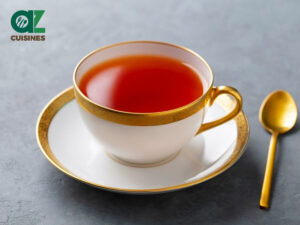
Tea
Tea is a big part of Kazakh drinking culture, with the locals usually serving them with dried fruits, sweetened nuts, and confectioneries such as zhent and baursak.
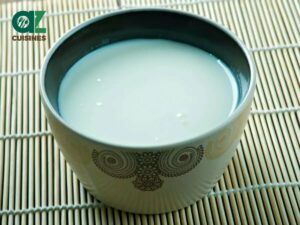
Chal (Shubat)
In Kazakhstan, shubat’s creaminess is prized for going with roasted lamb, pilaf, and savory pastries.

Ayran
Ayran is a perfect choice for easing the heat of Kazakh dishes like rice specialties, and grilled or stewed vegetables.
Next, explore amazing information relating to refreshments in Kazakhstan through some inquiries from readers.



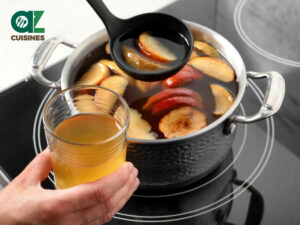
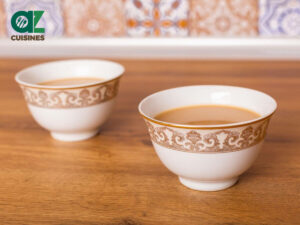

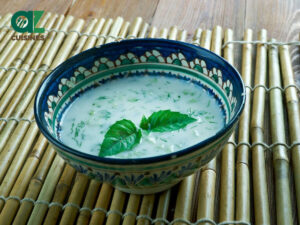

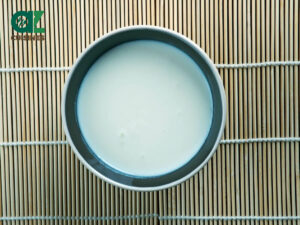


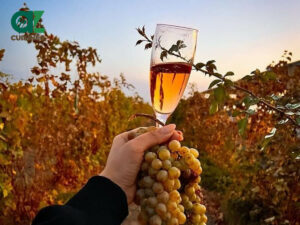
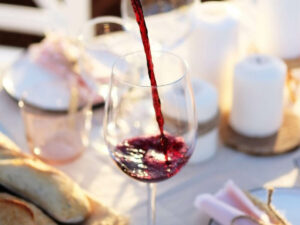



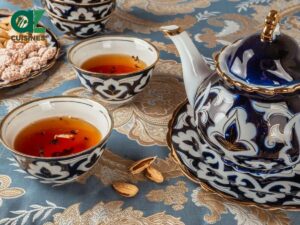

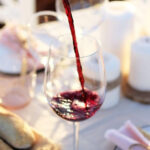
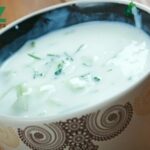
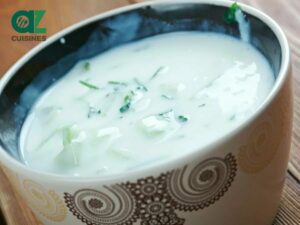




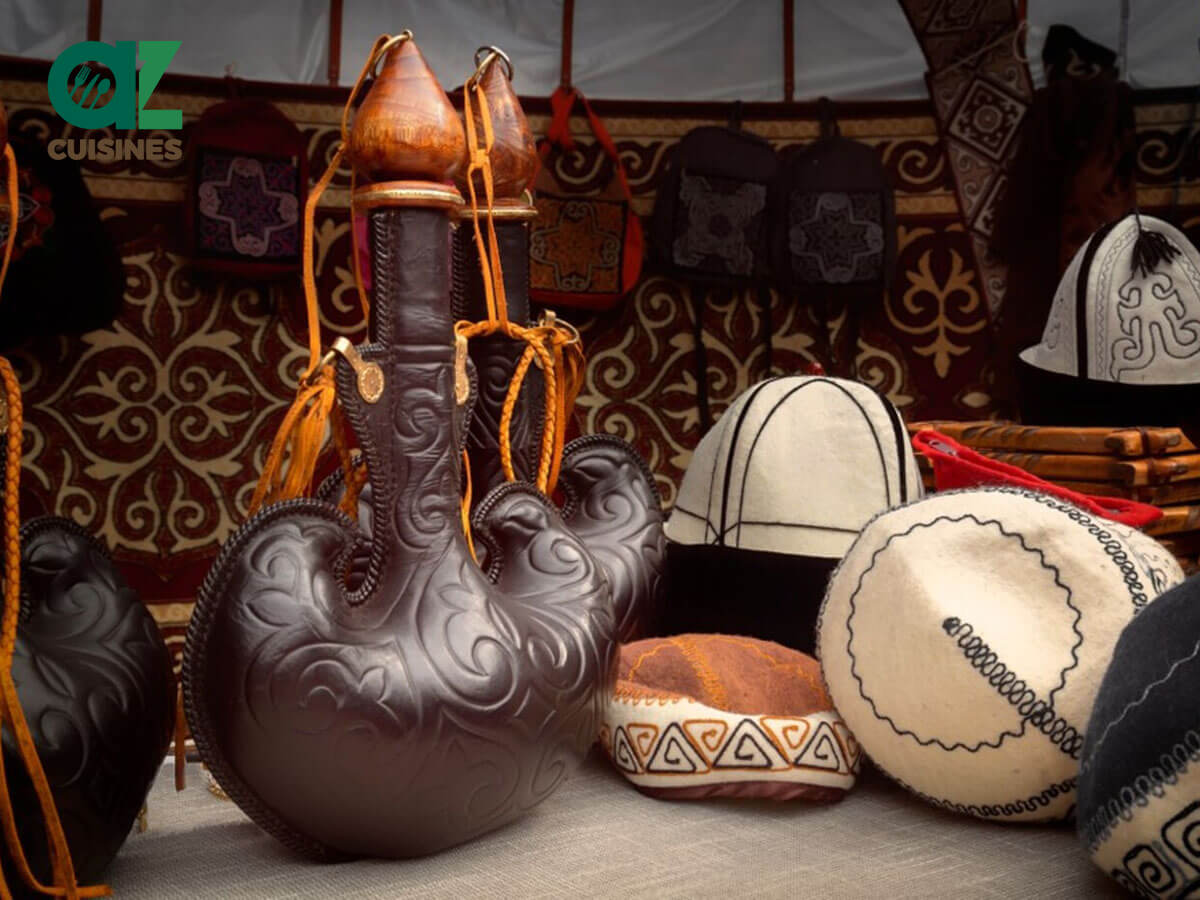
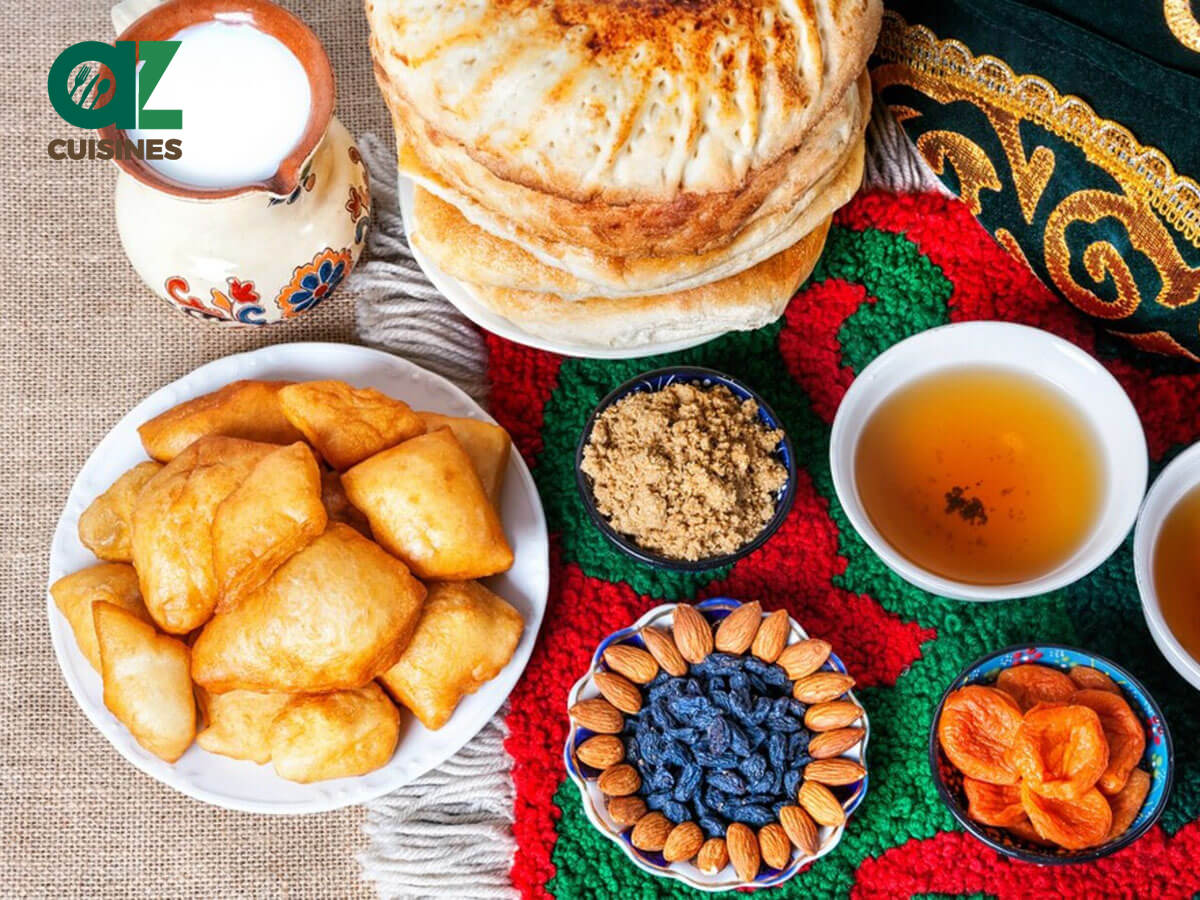


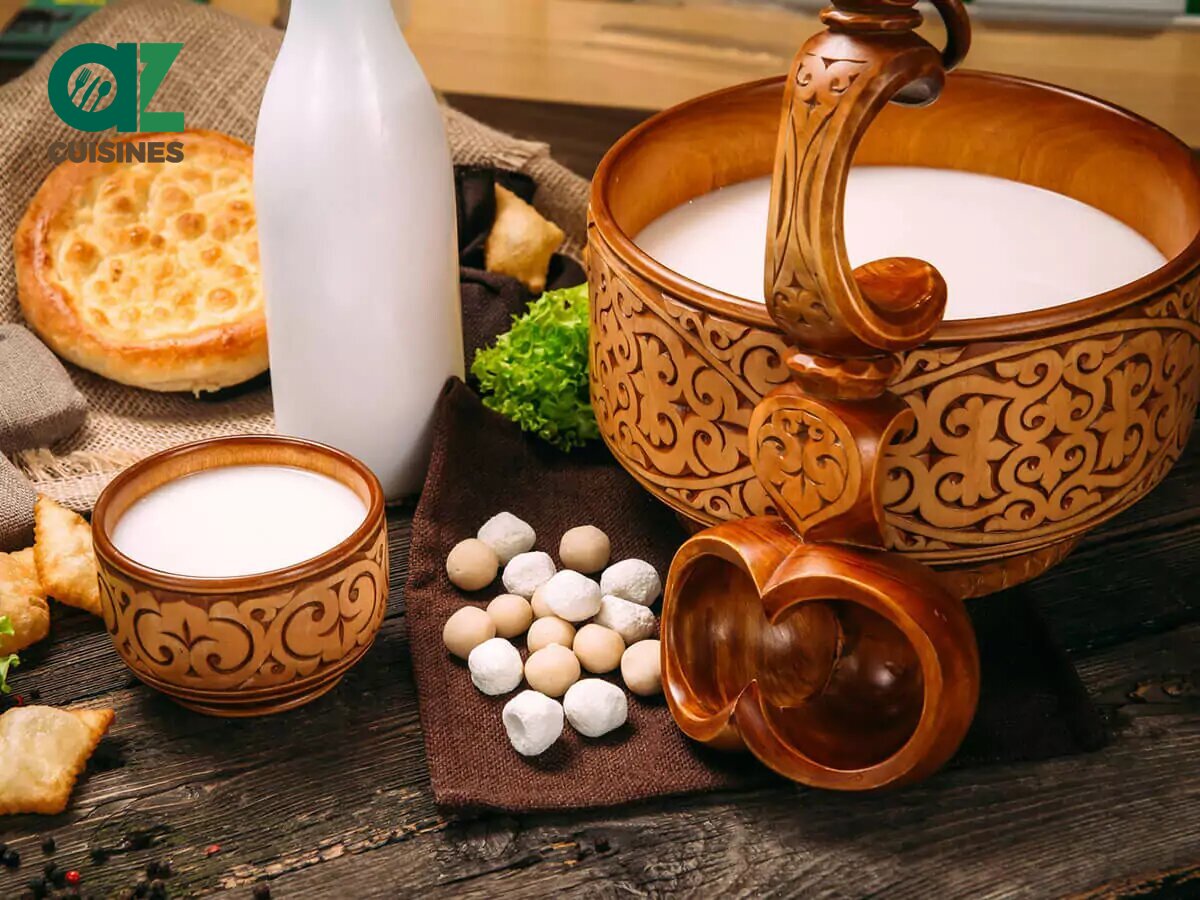
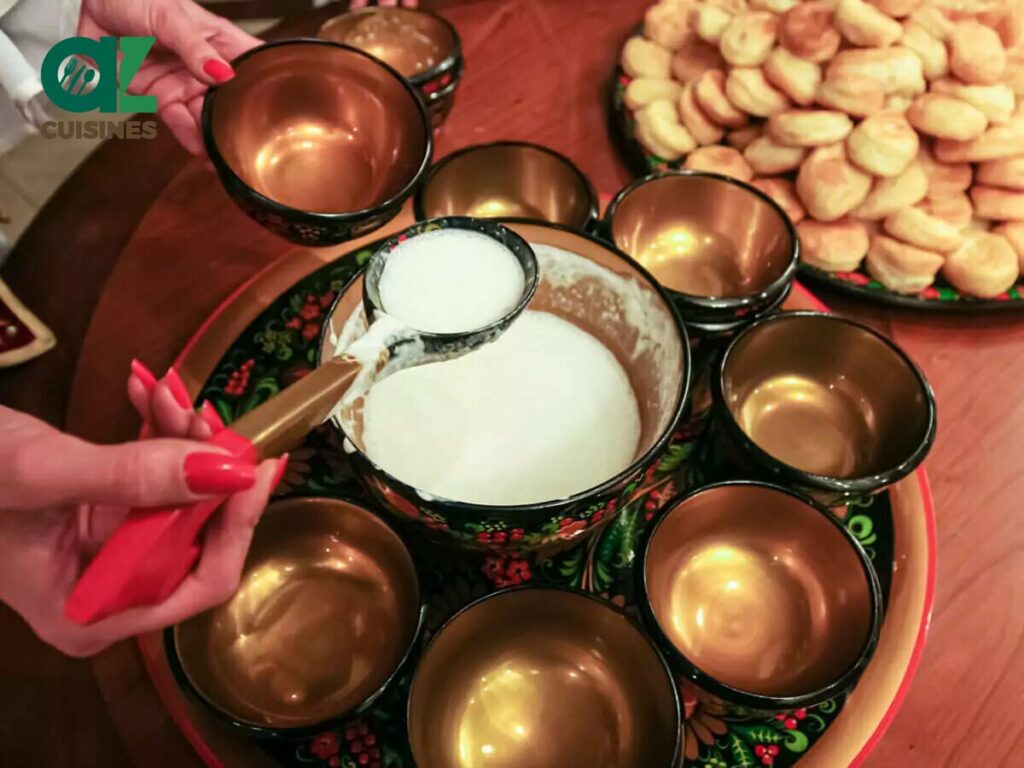


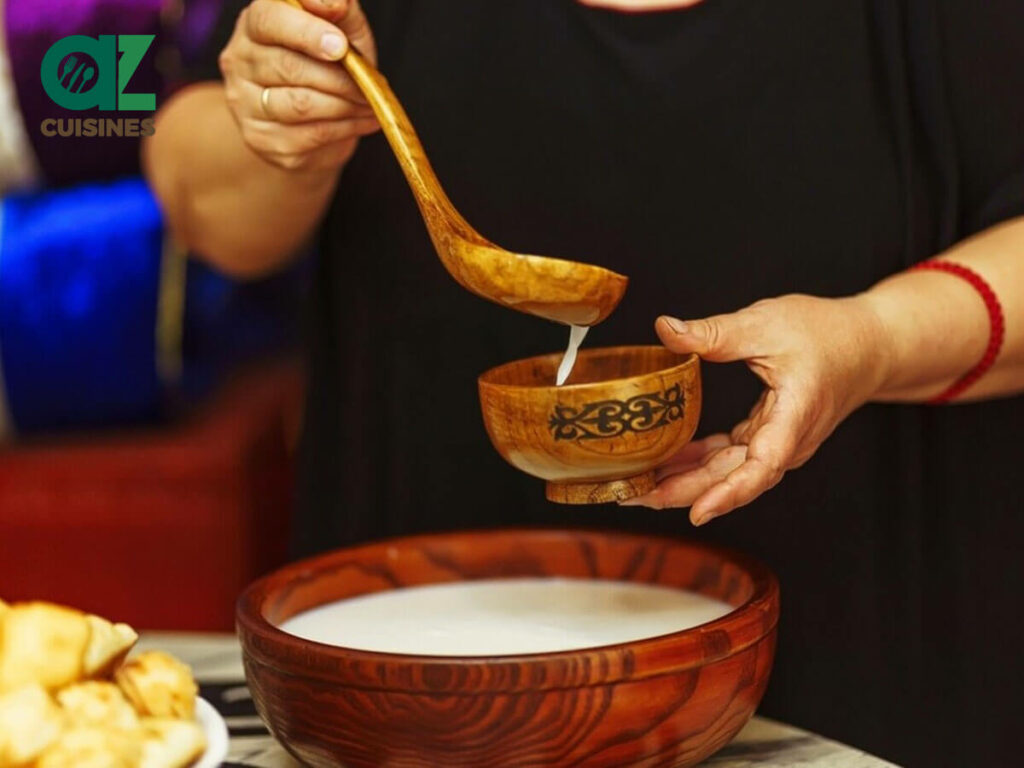
Adam Sam
Senior Food and Drink Editor
Expertise
Food Writer & Recipe Developer, Recipe Tester, Bartender, Cooking-video Maker, Editor In Chief
Education
Adam Sam, an experienced food writer and recipe developer, is passionate about blending diverse culinary traditions, national dishes, and innovative beverages, showcasing his proficiency in both traditional and modern recipe testing.
As the Editor-in-Chief, he elevates culinary content from street food to fine dining, focusing on Western cuisine and types of drinks at azcuisines.com, and is professional in creating engaging cooking videos that simplify complex dishes and ingredients.
His passion for food is evident in his writing, where he uniquely merges various cultures, traditions, and contemporary trends, skillfully combining classic recipes with modern cooking methods.